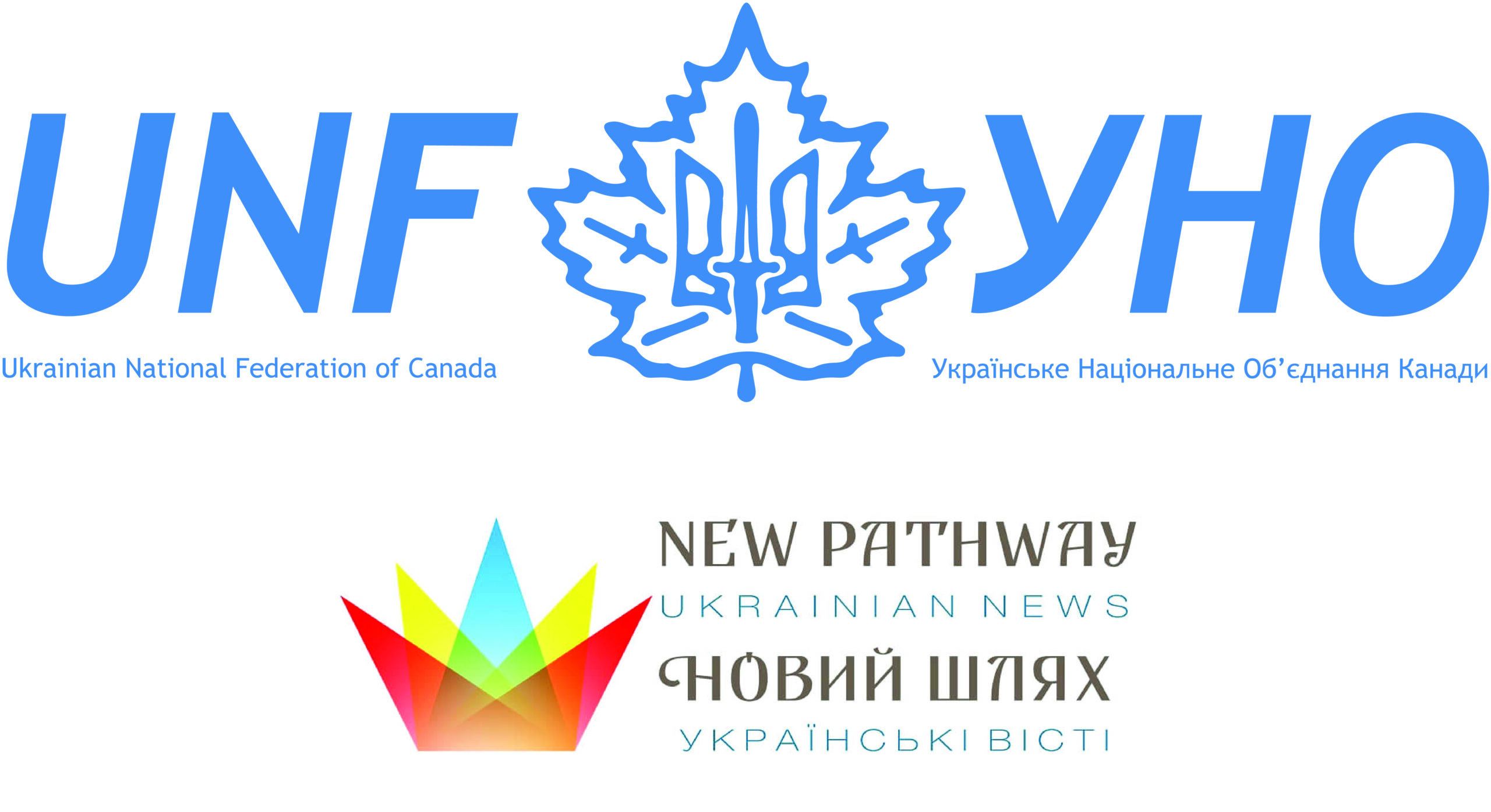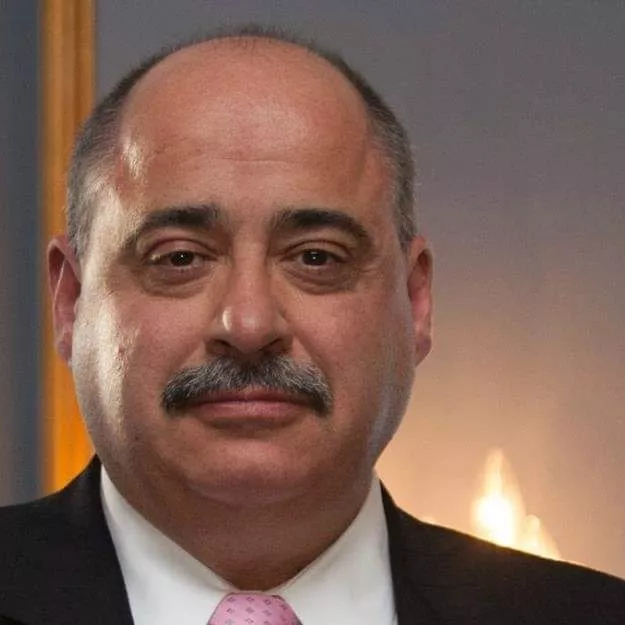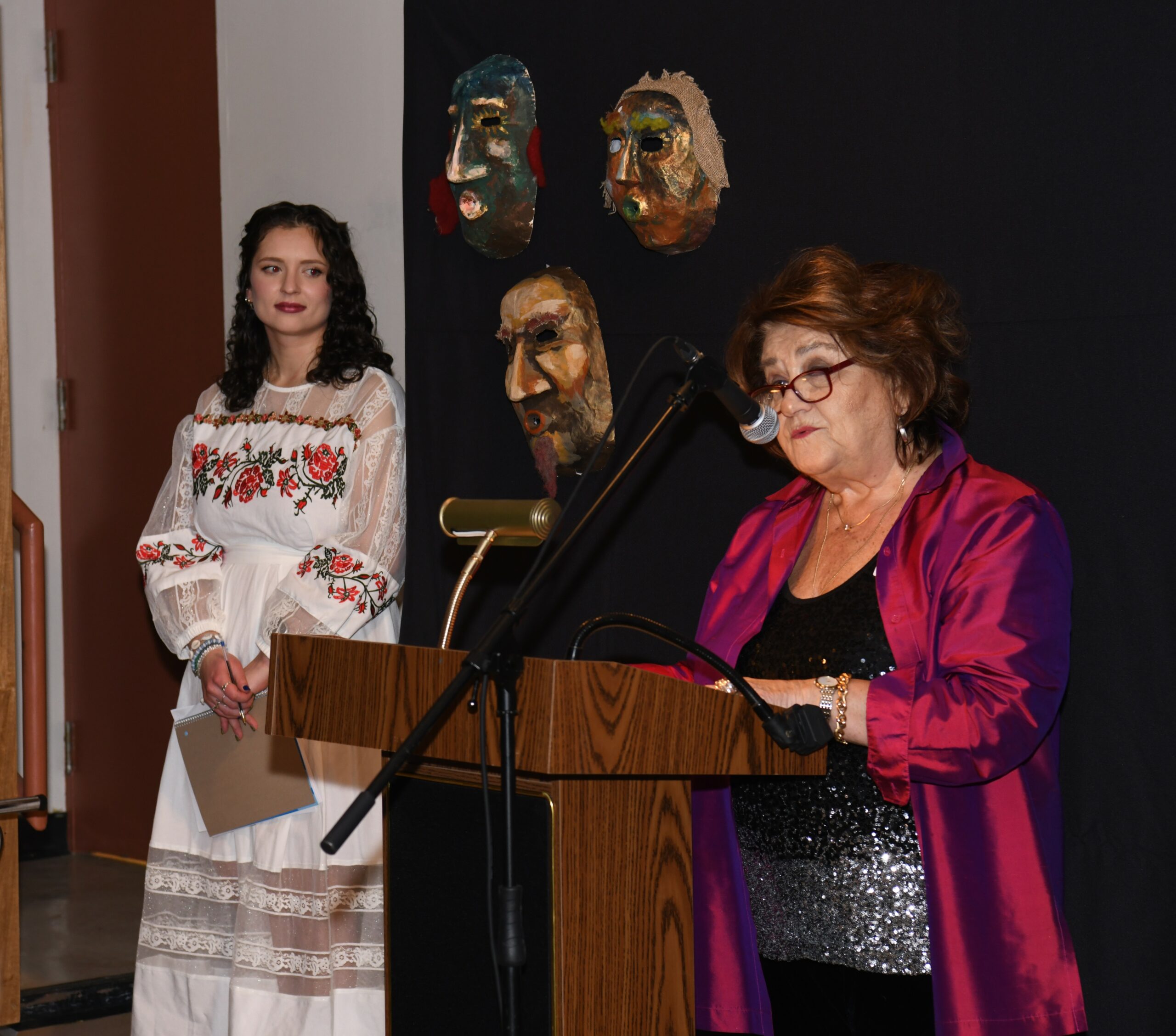NP-UN National Affairs Desk.
First of Five Articles
During the Crimean Platform Press Tour, members of the Centre for Defence Strategies (CDS) presented papers on several aspects of the Russian Federation’s occupation of Crimea. The CDS is an independent Ukrainian think tank, which brings together leading Ukrainian and international experts to solve urgent security and defense issues develop relevant strategies and capabilities by providing practical, effective and sustainable recommendations for specific public policies and promote key reforms. What follows are highlights from the “History and Lessons of Crimea’s Breakaway”, prepared by Andrii Ryzhenko, Fellow, CDS and Oleksii Pavliuchyk, Fellow, CDS.
Over the last seven centuries of Crimean history, the largest ethnic group living on the peninsula has been the Crimean Tatars. According to the Russian Imperial Census of 1897, Tatars dominated in Crimean demography with 35.55% of the population. Russians were 33.11%, and Ukrainians – 11.84%.
This ratio changed dramatically during World War II. In Stalin’s opinion, the entire community of Crimean Tatars was not loyal enough, and he ordered their total deportation in May 1944 – removing nearly a quarter of a million people from Crimea, mostly to Uzbekistan. Almost half of the deported Crimean Tatars died during the next 2-3 years due to starvation and disease.
The transfer of Crimea from the Russian Soviet Socialist Republic to the Ukrainian Soviet Socialist Republic in 1954 mostly created expectations that Ukraine would develop the economy and agriculture of the peninsula more quickly. Ukraine was connected to Crimea via land, and so could provide greater amounts of working labour, food, water and electricity. The Northern Crimean water channel from Kherson district in Ukraine to Eastern Crimea was built between 1957 and 1971, with a total length of 403 km. This is the longest manmade water channel in Europe and it resolved the shortage of water supply for Crimea by providing 85%-90% of its total water needs.
The Cold War and Nuclear Arms race returned Crimea to its primary strategic role – a giant military base with many secret facilities and even “closed cities” like Sevastopol. The local economy was mostly connected to the supply and maintenance of military facilities and resorts in Crimea.
Since the disintegration of the USSR, Russia could not reconcile with the geopolitical and reputational reverberations of the loss of Crimea and Sevastopol. The cumulative peak of this discontent with the status quo was the “Russian Spring” in 2014.
The Sevastopol naval base in Crimea became the centre of gravity for Russian influence in Ukraine, extending much beyond its purely military effect. The Russian Black Sea Fleet became a “Trojan Horse”: it channelled Russian instruments of direct and hybrid aggression in 2014 and disabled Ukrainian military forces in Crimea. Any Russian military presence outside Russia’s borders should always be considered as preparation for Russian occupation of the foreign territory that welcomes them.
The strong pro-Russian sentiments of the Crimean population was the primary pre-condition that allowed for Russia to accomplish the “Russian Spring” of 2014. The Russian propaganda machine is able to promote the ‘Russian World’ concept and anti-NATO and anti-European rhetoric through significant areas around the world. Export income from oil and gas plus the exploitation of liberal rules and laws in the democratic world give Russia the ability to sustain this gigantic propaganda system.
Russia, directly and indirectly, suppressed the recovery and development of Crimean Tatar culture and values on the Crimea peninsula after the “breakaway”. Russian leaders considered the Crimean Tatar and Ukrainian minorities, their unity and distinct national cultures, as incompatible with the “Russian World” and acted accordingly.
Among the Paper’s Recommendations:
1. Russia took Crimea through a complex hybrid approach. Therefore, Ukraine should develop robust whole-of-government capabilities, including in the cross-functional decision-making process, in order to be proactive and adaptive towards multi-domain threats generated by Russia. The national resilience to hybrid influences should be built as an inclusive ecosystem like the balance of interests between government representatives, civil society, parliamentarians, and media professionals.
2. Ukrainian authorities must demonstrate an active commitment to the human rights protection of Ukrainians, Crimean Tatars, and other minorities living in the peninsula, as well as to provide practical support in defending the interests of vulnerable groups. Crimean platform partners should actively advocate for the establishment of an international human rights monitoring presence in occupied Crimea for collecting and disseminating information on the real human rights situation in occupied Crimea, using UNESCO mechanisms, UN Special Procedures and other mechanisms.
3. Internally Displaced Persons (IDPs), including minorities, who left Crimea as a result of the occupation, should be integrated in the process of the preparation for de-occupation and encouraged by the Ukrainian Government to return home after the Russian Federation leaves Crimea. Such an approach can start the process of renewing the population balance in the peninsula, as well as to guarantee more rapid informational and mental de-occupation of Crimeans influenced by Russian propaganda.
4. Ukraine should study the experience of other similar cases and develop a policy on the restoration of the population balance, including an approach to restore citizenship. It should include specific information on Russian citizens who migrated to Crimea from Russia after the occupation of March 2014, as well as assets or property there, and about further legal consequences after de-occupation. Such an approach can influence the further migration process happening now in Crimea
5. Ukraine must actively work for the de-occupation of the Crimean Peninsula through non-military means. The hybrid war can be effectively countered with a more aggressive and coordinated approach in the fields of diplomacy, the economy, energy, law, information, cyber, and security to inflict non-military costs to Russia of a scope that is unacceptable to the aggressor. The present strategy of blocking the water supply, electricity and transport to occupied Crimea should be duly kept and expanded with the immediate sanctions on all flights and vessels arriving in Crimea.
6. Ukraine should enhance its efforts to bring Russia to justice and seek redress in international and regional courts. Ukraine should elaborate an overarching international and regional adjudication strategy and develop the specific international and regional proceedings on the basis of this larger vision. Ukraine should also encourage private persons and businesses who suffered from the occupation of Crimea to bring collective or individual suits against Russia before the relevant foreign, regional, or international courts, which have the jurisdiction to consider such cases.
7. Military power remains an essential element of the overall hybrid warfare activities of Russia in Ukraine and in other countries of interest, including Georgia, Moldova, and Syria. Having demonstrated the will and the ability to use military power to ensure its strategic aim and objectives, the military threat alone had a tremendous impact on Ukraine and Ukrainian society. Any counterstrategy must aim at reducing Russia’s military options.
Lessons of Crimea’s “breakaway” for other nations
• It is highly recommended to critically consider Russia’s intention to deploy military troops on any sovereign territory or open military bases. The reason why Russia deploys its military on foreign territories must be considered in a much wider context than only its military goals. Such a potential deployment should always be considered as its strategic approach and part of its complex influence on foreign territory, including negative influence of the minds and the readiness of the local defence forces.
• Hybrid War is about influencing people to make conscious or unconscious choices that are beneficial to the aggressor. It’s the battle of minds and it’s a fight for influence. The population and key decision-makers and policymakers are the main targets of what must be seen as a continuous, ongoing, and aggressive Russian foreign policy with a global impact. This means that anyone affiliated with Russia (e.g., NGOs, media, political parties, academia, and experts) must be considered as a potential risk. They might be either victims or agents of the Hybrid War.
• Dependence on trade or critical supplies, including energy and raw materials, as well as close economic links with Russia or Russian-affiliated businesses, leaves sovereign nations vulnerable. This dependency may help Russia to achieve a desirable effect in political disputes and influence the political and business elite, as well as inject corrupt approaches and grey-economy values into the society.
• Representatives of Russian speaking communities, as well as ethnic minorities, especially in countries bordering Russia, are among the most vulnerable groups targeted by Russian propaganda. A government should pay special attention to identifying popular sources of information in such communities, as well as to monitoring public attitudes in order to protect the nation from destructive informational influence.
Share on Social Media



































